Customer Discovery: A Crucial Step in Successful Product Development
Customer discovery is often skipped because many people think this step is a waste of time and money. But– it actually plays an important role in a successful product launch. Customer discovery is knowing what your clients think of your product or service.
For product managers like you, it helps identify the needs of your ideal customers. This builds continuous customer discovery so that you can create a more profitable product.
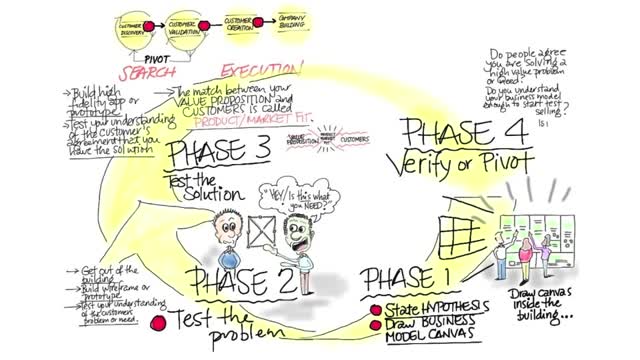
It is a systematic process where you discover both the problem and your customers’ problems. Once you uncover a ‘real’ customer problem, you’ll be able to help them by creating a product that solves their problem.
And with a product that hits their pain points, you’ll be able to generate more sales than ever.
Here’s a guide to the customer discovery process and how to use it to level up your game in product management.
Table of Contents
- Identifying your potential customers
- What customer discovery approach is right for you?
- Product development: four phases of customer discovery
- When does the customer discovery process end?
- What is the goal of customer discovery?
- Conclusion
- Machine Learning In Finance: 12 Essential Applications
- How To Create Interactive Compliance Training For Bank Employees
- How Fintech Apps Are Using Gamification To Increase User Engagement
- Top Gamification Companies for Employee & Customer Engagement
Identifying your potential customers
The primary purpose of the customer discovery process is to identify the correct target market to discover your customers’ wants. To do this, you must define your ideal customer, create buyer personas, and conduct market research.
Defining the ideal customer
Analyse your current customers to find common traits to help identify your ideal client. These traits may include gender, age, or social status.
Other than that, you must also understand your brand, customer development, and product. Identify the people who need your products. Put yourself in your customer’s shoes and try to figure out what they need to solve their problems.
Creating buyer personas
Buyer personas are fictional characters that you make up. This character(s) should be your ‘ideal customer.’
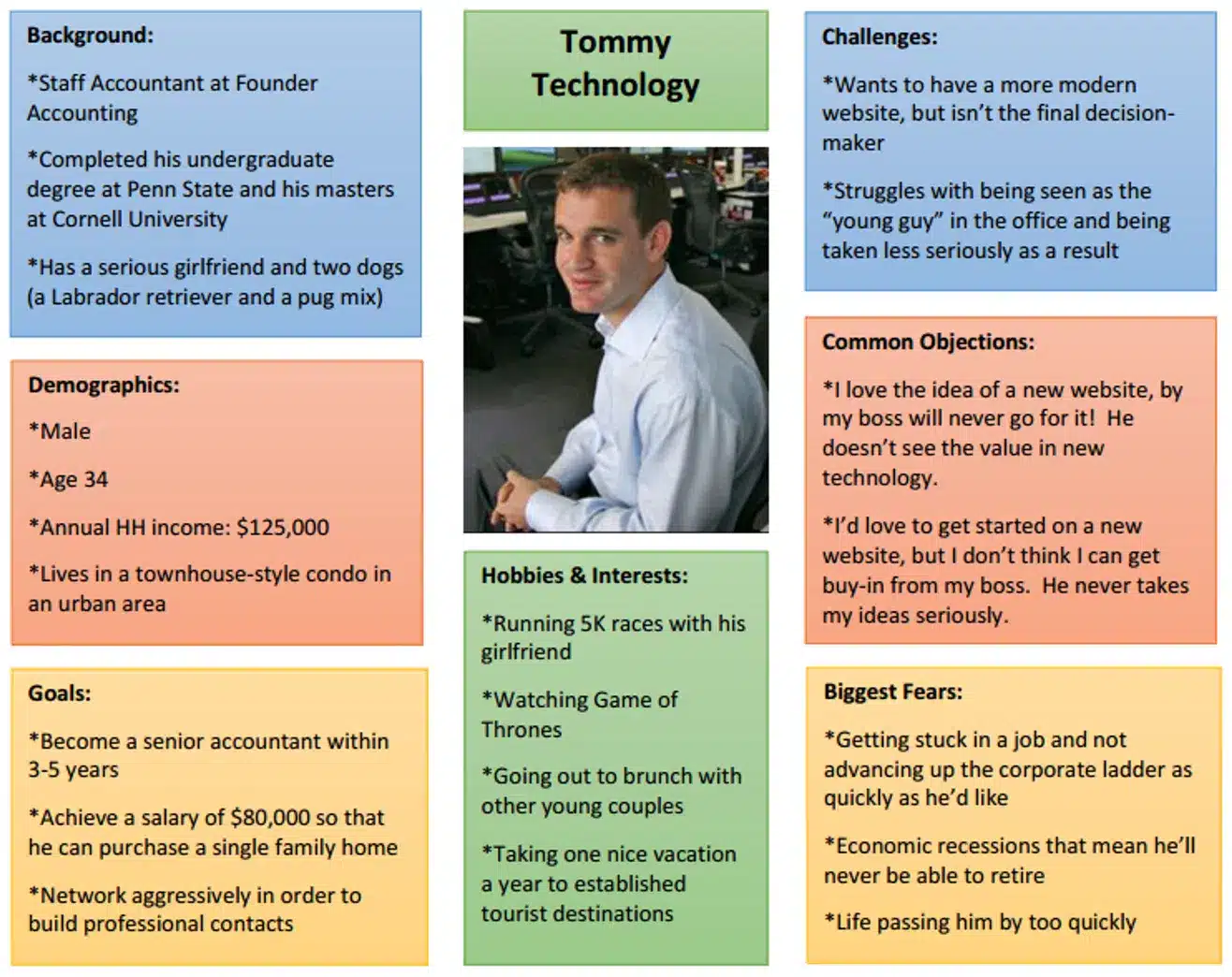
You’ll want to make one based on your research. Build your character’s demographics and create his life story. Add his background, hobbies, goals in life, and anything else that will help you craft his story.
Then, relate this to your product and how it changed his life. Make it very catchy or inspirational while still being realistic.
Conducting market research
Every product has a competitor, whether it’s direct or indirect. Direct competition is when others sell almost the same product as you. For example, Coca-Cola and Pepsi both sell soft drinks. So there’s a high chance that customers will buy their products interchangeably.
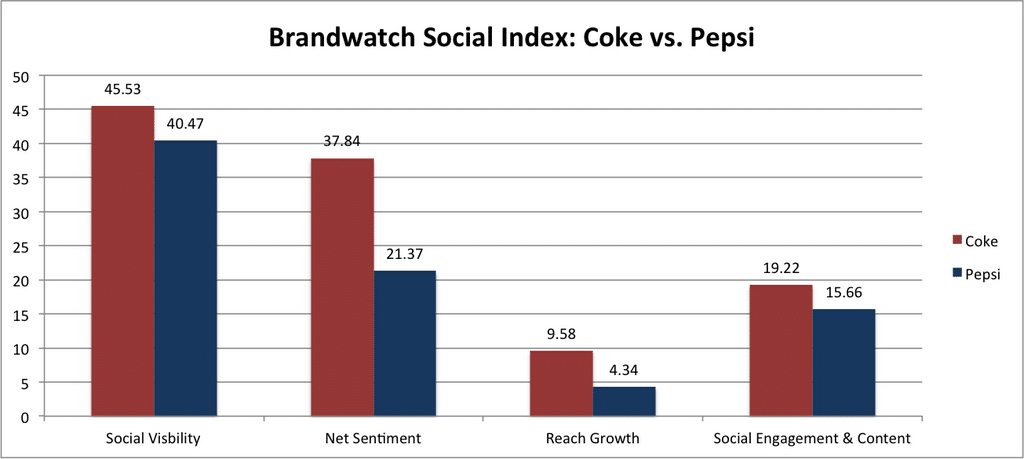
Indirect competition occurs when two companies sell different products but solve the same problem. For example, Subway and Taco Bell sell different foods. But they’re still indirect competitors because they’re both fast-food restaurants.
Identify your product’s competition and know why people go there. You can also base your value proposition on your target customers to their customers. That’s especially true when that brand is your direct competitor.
What customer discovery approach is right for you?
There are many approaches to discovering your product’s ‘correct’ target market. Here are some of the most common ones that product managers use:
#1. Face-to-face customer discoveries
Almost all customer discovery approaches were made face-to-face before. These include interviews, observations, and focus groups. This approach gives you qualitative data to help the customer discovery process.
Interviews
A one-on-one interview with a ‘real-life’ buyer persona gives you a better understanding of your target market. Because the interview is done live, you can use their body language as a basis.
Look at their movements and facial expressions. Ask your follow-up questions based on these until you find their pain points.
This isn’t a sales pitch, though. So don’t sell them the products. Instead, ask about their lives and direct them slowly to the topic. Be a good listener so that you can catch these pain points.
You may discover additional issues that your interviewee has. Make sure to note these in case of future project changes.
Observations
Go to the places where you think your customers are hanging out. You can also visit your competitors and observe their customers. So what do they do all day and what kind of stuff do they usually buy?
These field observations give you an unbiased perspective on how they act. Use these as a guide to identify the product they’ll benefit from.
Focus groups
These are discussion groups for a couple of your ideal customers. Because you’re interviewing a group, these people may be more comfortable answering questions without feeling nervous.
When you use the focus group approach, have it in an informal setting. This keeps the discussion moving while letting you know how they act, react, and interact with others.
#2. Virtual customer discoveries
Because of technology, virtual customer discoveries are becoming more popular today. These can be done online and are just as effective as face-to-face approaches. Some examples include:
This is also easy to do with the help of a lot of readily available online software. The results are also easy to analyse with a click.
Online surveys
An online survey can let you quickly know what products your customers like. You can include questions like, ‘What features are you looking for in this kind of product? ’

This is also easy to do with the help of a lot of readily available online software. The results are also easy to analyse with a click.
Video surveys
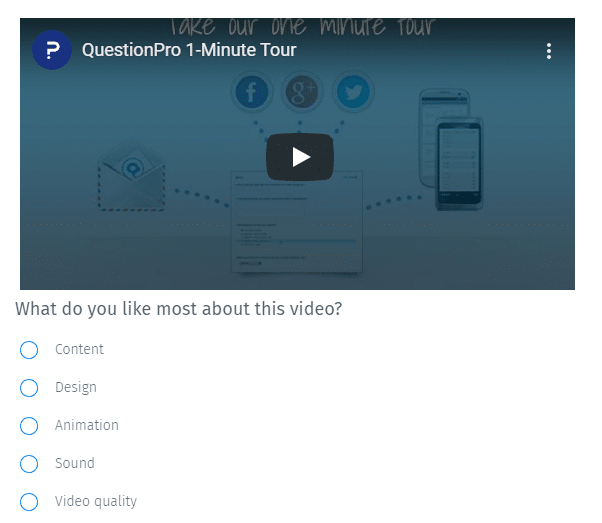
This type of customer discovery process is more interactive. People must watch a video and answer questions at the end. You can explain your product’s unique features in an animation format.
In fact, 98% of marketers believe that videos can convert more than just plain text. This may increase the chances of people participating in your survey.
Online interviews
Sometimes, face-to-face interviews aren’t an option, especially if you have limited time. Online interviews help you get the same data you can get from an in-person interview. But you may miss some of the body movements not seen on camera. Still, this is a good way to get firsthand information.
Online observations
If you love searching online, this may be a good approach. Online observations are done by reading forums or reviews. You can also ask questions on these forums and lead your discussion. If you love searching online, this may be a good approach.
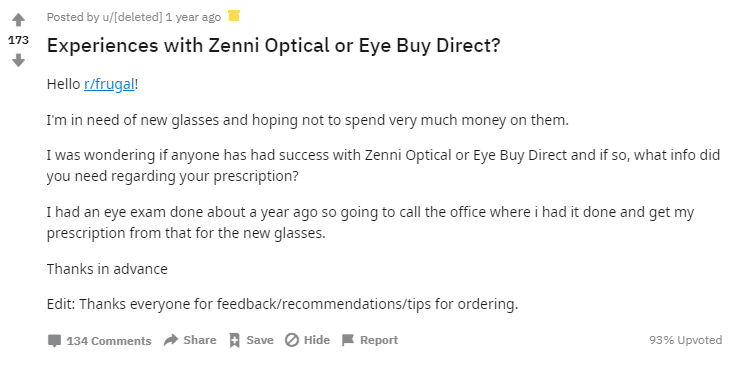
Results may be biased. But you’ll find a lot of information and relevant data that you can filter out at the end.
#3. Analysing sales and customer feedback
You can use a product as a starting point if you already have a product. You’ll be able to pick up some trends and patterns in how your product is doing over time. You can also look into your existing customers’ feedback and reviews to make a better product for them.
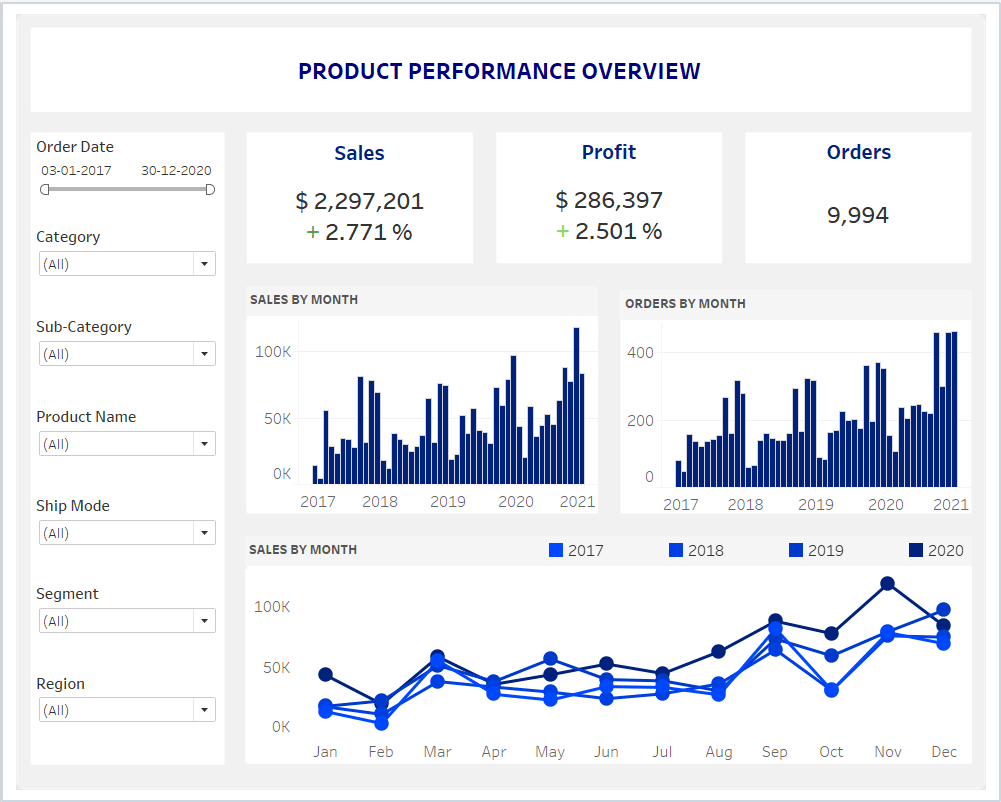
For example, you launched a product three years ago, which has been topping your sales consistently until now. Because of that product’s performance, you may want to make one similar.
Product development: four phases of customer discovery
The customer discovery process isn’t just about identifying your target market.
Customer discovery must also identify your customers’ pain points to be more effective. Steve Blank emphasised the importance of customer segments during the continuous customer discovery cycle for a more successful product.
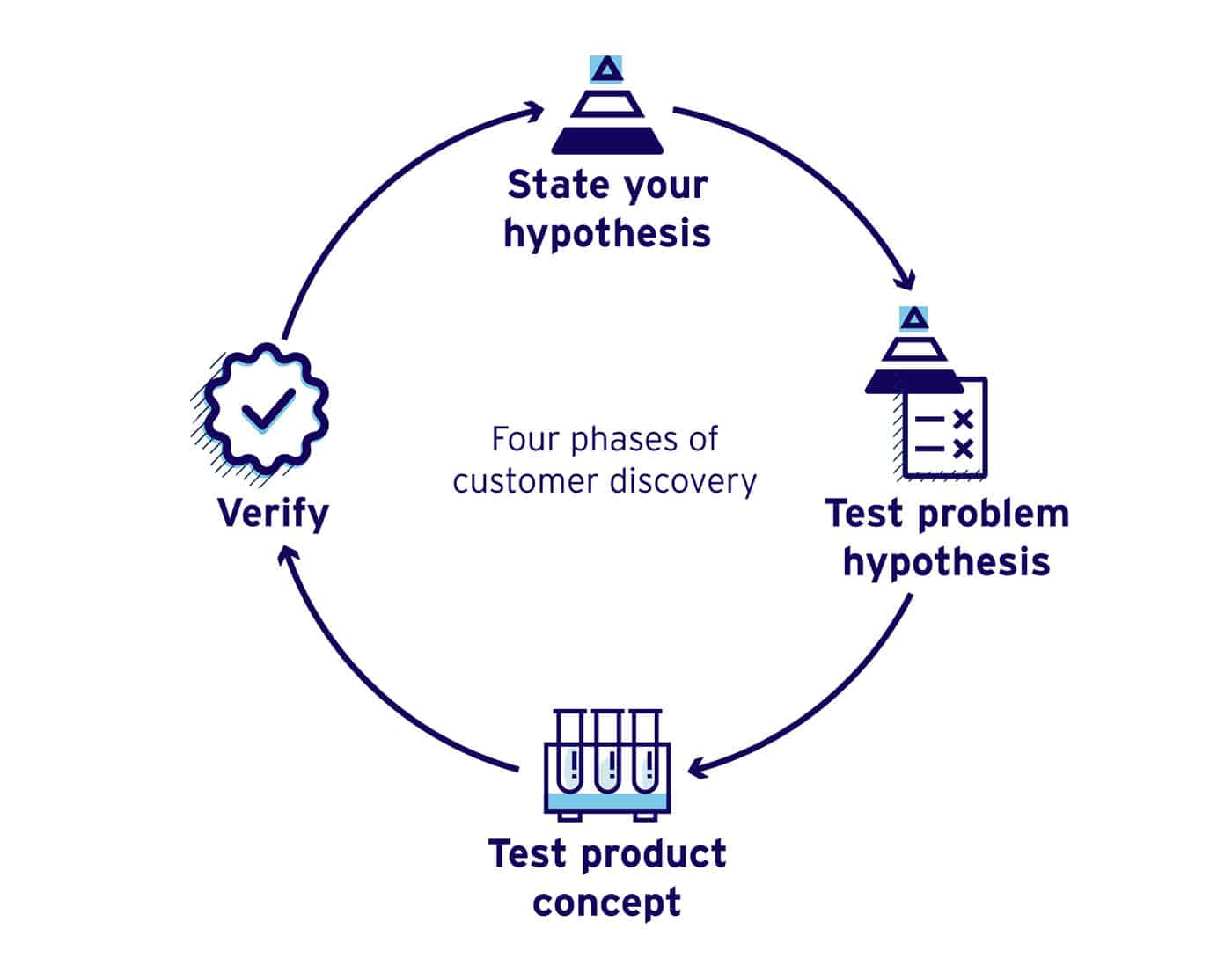
Phase 1: Understanding the problem
The first step to discovering your customer’s problem is understanding the problem and providing a solution. This will be the basis for your whole product.
Identifying and validating the problem
Identify the problem you want to solve. This should be simple and precise for customer validation. Make a hypothesis about this, filling in the parentheses:
‘I believe that my (product/service) will help solve (problem) by (solution).’
Don’t make it too complicated. Make sure that your solution is feasible as well.
Evaluating the market opportunity
In developing a product, you must also consider whether there’s a market for it. Will people buy your product? Do you think a lot of people will be interested in buying it?
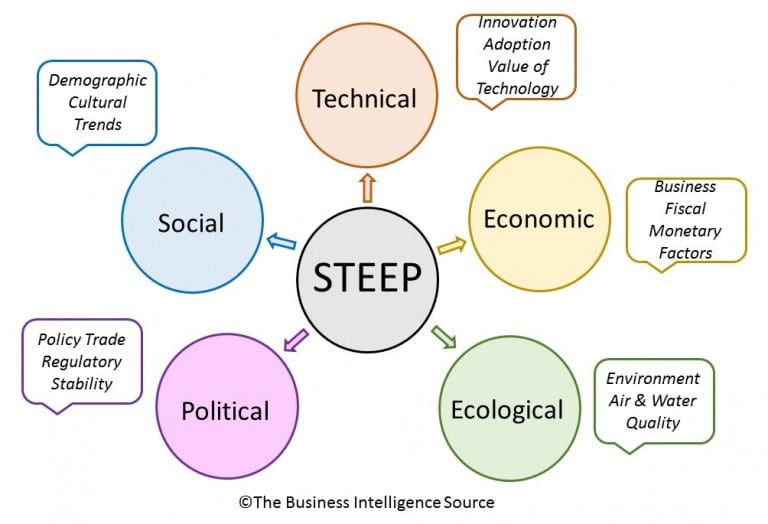
To do this, consider the STEEP analysis. Identify social (S), technical (T), economic (E), ecological (E), and political (P) factors affecting your product.
For example, the product you’re considering may not be sellable because it’s no longer a trend.
Defining the target customer
A lot of people focus on this part of the customer discovery process. This is done by identifying your ideal customer to target your product well. It’s further enhanced by creating buyer personas and conducting market research.
Phase 2: Concept testing
After you’ve made a clear hypothesis for your product, test it out first. That’s so you’ll know if other people will favour your products.
Validating your concept
Tap into your network to gather people who’d want to participate in your testing. You may contact your friends, family, or anyone else you think might be interested in your product. You may also want to try tapping into your target market.
Generating and refining potential solutions
Present to them your product’s concept and ask for their insights. Refine your product concept with their suggestions. It’s recommended that you ask at least 50 people for this.
Phase 3: Creating a sample product for testing
After gaining feedback from your potential customers, turn your business idea into a product or service. This is different from the actual product you’ll be selling, though.
Creating a minimum viable product (MVP)
With your refined product concept, make a test product. This test product is called a minimum viable product (MVP). MVPs are like prototypes. They aren’t the final version of your product, but they have enough features to be like the actual one.
Testing MVP with target customers
You can then release your MVP to the public. MVPs help you ‘test’ for enough market for your products or services. It also lets you know how customers react to them.
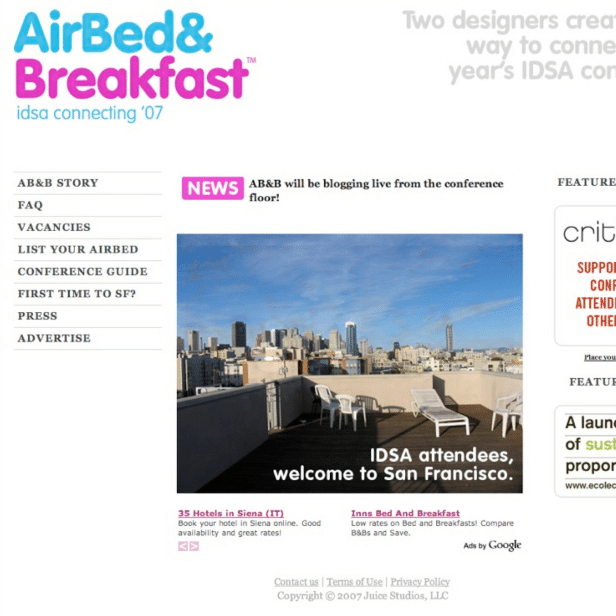
Source: Airbnb Newsroom
For example, AirBnB tested the market by creating a simple website showing pictures of available properties for rent. The website gained so much traffic and paid customers even with few web development features.
Phase 4: Refining and developing
Your MVP may receive positive or negative feedback. You may have to refine products that don’t sit well with customers.
Evaluate customer feedback
Even if your MVP received positive feedback, there may still be room for improvement. To acquire this, provide a survey for people to fill out. You can have questions about the following survey types:

- Net-Promoter Score (NPS), where you ask questions like ‘How likely…’ on a scale of 1-10
- Customer Satisfaction Score (CSAT), where you give multiple choice questions with predefined answers, almost similar to NPS
- Customer Effort Score (CES), where you have predefined answers on a scale like ‘Very difficult’ and ‘Very easy.’
You can also do interviews, focus groups, and A/B testing. A/B testing is where you show two prototypes, and people choose which one is better.
Analysing success metrics
You can also define your MVP’s effectiveness by analysing your success metrics. Look into the following: churn rate, engagement, and session duration.
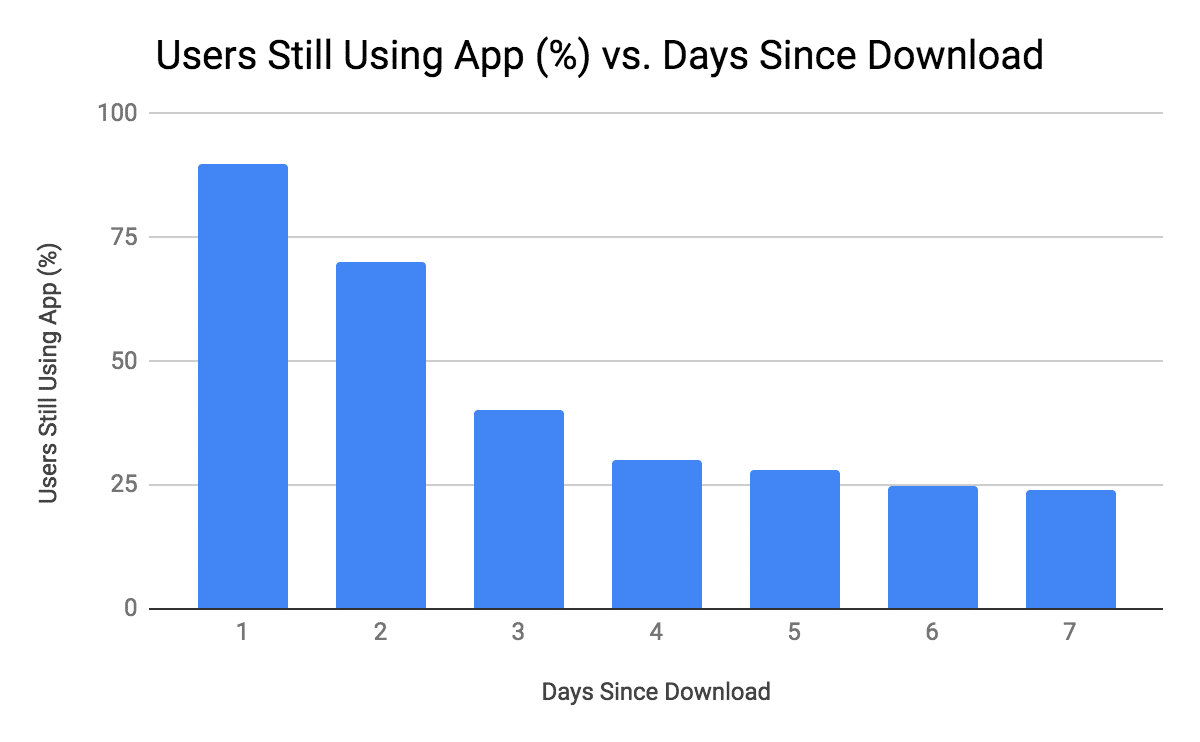
For example, you’re creating a food delivery app prototype. Consider the sign-up rate, the number of downloads, and the time spent in the app. Use these metrics and refine your MVP accordingly.
Defining your product roadmap
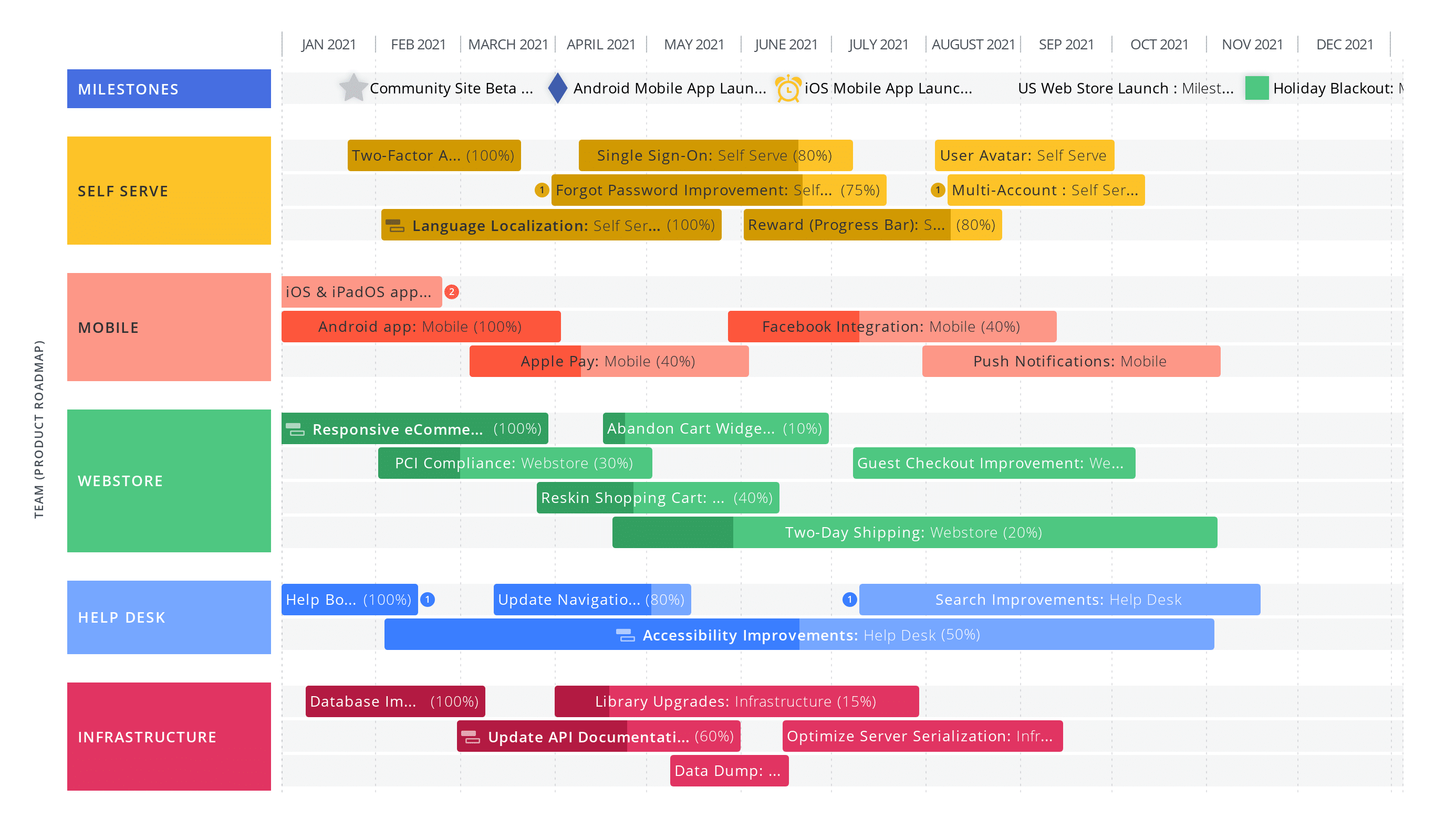
You can start planning your production if you believe your product is good enough for the market. Create a product roadmap that aligns with your vision. It should also align with the needs of your customers.
When does the customer discovery process end?
The customer discovery process ends after you have successfully identified your target market. Ask yourself the following questions to conduct customer discovery:
- Who are your target consumers?
- Is your problem an actual ‘problem’ faced by your target market?
- Will the solution to this problem help your target market?
If you can answer these questions confidently, your product will likely be successful. If not, you may have to repeat the cycle all over again. Or, choose not to move with this product idea and look for a new one.
What is the goal of customer discovery?
Customer discovery is there to help you lessen the chances of your product failing. With customer discovery, you get to:
Have a realistic view of how your product will perform
Customers are the ones who control your product’s success. If your product doesn’t meet your potential customers’ needs, they’ll likely not buy it.
The customer discovery process helps give you a realistic view of your product’s market fit and how customers will react to it, even before you start production.
Have a better understanding of your customer pipeline
With customer discovery, you better understand your customer’s journey throughout the sales process. When closing a sale, you can train your sales team to sell the products in a way that matches their pain points.
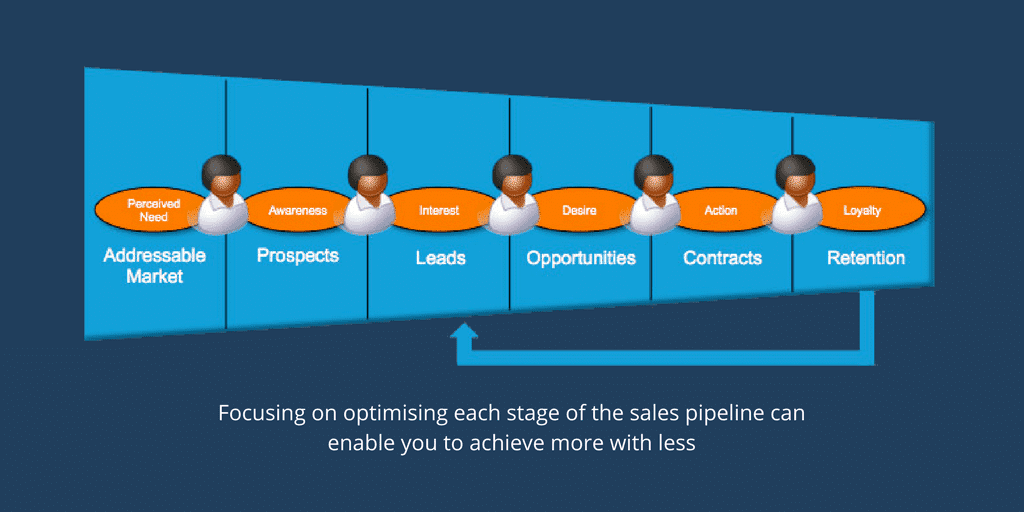
This can be done by referencing your buyer persona or customer persona and using it to build relationships with your target market. According to Jim Cathcart, building relationships with your customers helps you close more sales.
Have a more efficient product development process
Customer discovery is the starting point when it comes to the product development cycle. So you’ll likely not suffer from heavy production costs. That’s if your product ends up failing in the market.
Aside from that, there will also be fewer mistakes and repeats when it comes to producing the product. That’s because of the MVPs that have been refined multiple times.
Decrease your company’s cash burn rate

Before you even spend money on your product, you are already ensuring that your customers will like it. This lessens your company’s cash burn rate. It also reduces unnecessary spending on highly risky projects.
Have more potential for future investments
Customer discoveries help you build solid evidence for your product’s demand. You also get to know features your prospective customers won’t like.
Your market research will provide investors with your product’s statistics and success rate. This gives them higher confidence when they decide to invest.
Conclusion
For product managers, the customer discovery process usually ends before production starts. But to sustain your product in the market for a lifetime, it’s recommended that you don’t stop with the process.
Your customers’ behaviour dramatically affects your sales. That’s especially true if your product doesn’t solve their problems anymore. Through time, your customers might have developed new interests and hobbies.
Customer discovery should be a never-ending process. That’s so your products won’t lag behind your competitors.
You may want to consider gamification strategies if you’ve done all of these and still suffer from low sales.
Mambo.io helps your employees engage better by incorporating game-like training. Gamification can motivate them to sell your products more. It can also help your customers interact more with your online products and increase sales. Click here to book a demo!
Download your free
“Gamification Guide”
Get your PDF now and start transforming your approach to digital engagement!
Latest Posts
Machine Learning In Finance: 12 Essential Applications
The impact of machine learning on finance is significant. Thanks to this technology, financial institutions are now equipped to make efficient decisions. Through the analysis of data sets, machine learning […]
How To Create Interactive Compliance Training For Bank Employees
Banking compliance training isn’t just another task. It’s the stage where everything else performs. Banks must navigate a myriad of regulations and laws. After all, this is a trust-driven, high-stakes […]
How Fintech Apps Are Using Gamification To Increase User Engagement
Discover how gamification in fintech is revolutionizing financial engagement, making banking fun & boosting user loyalty.





